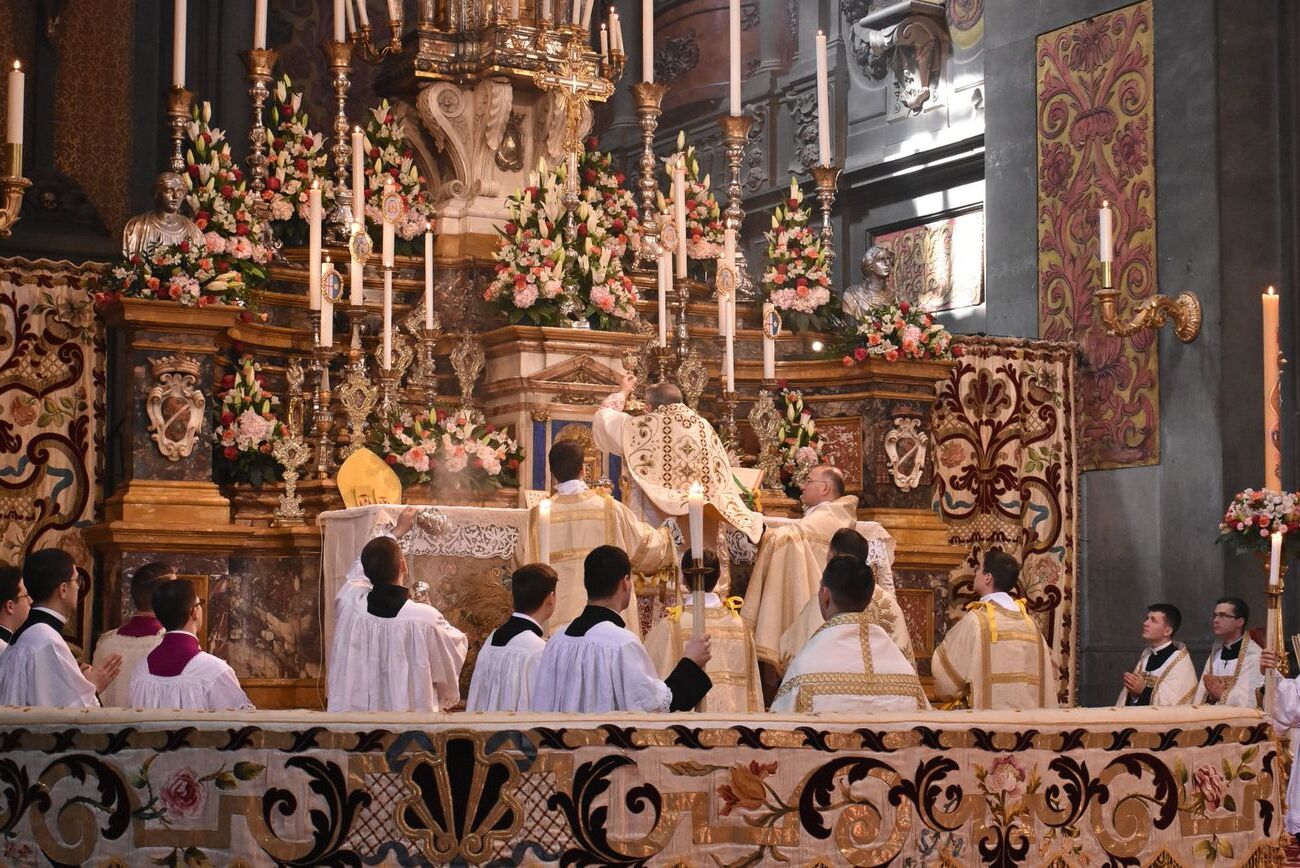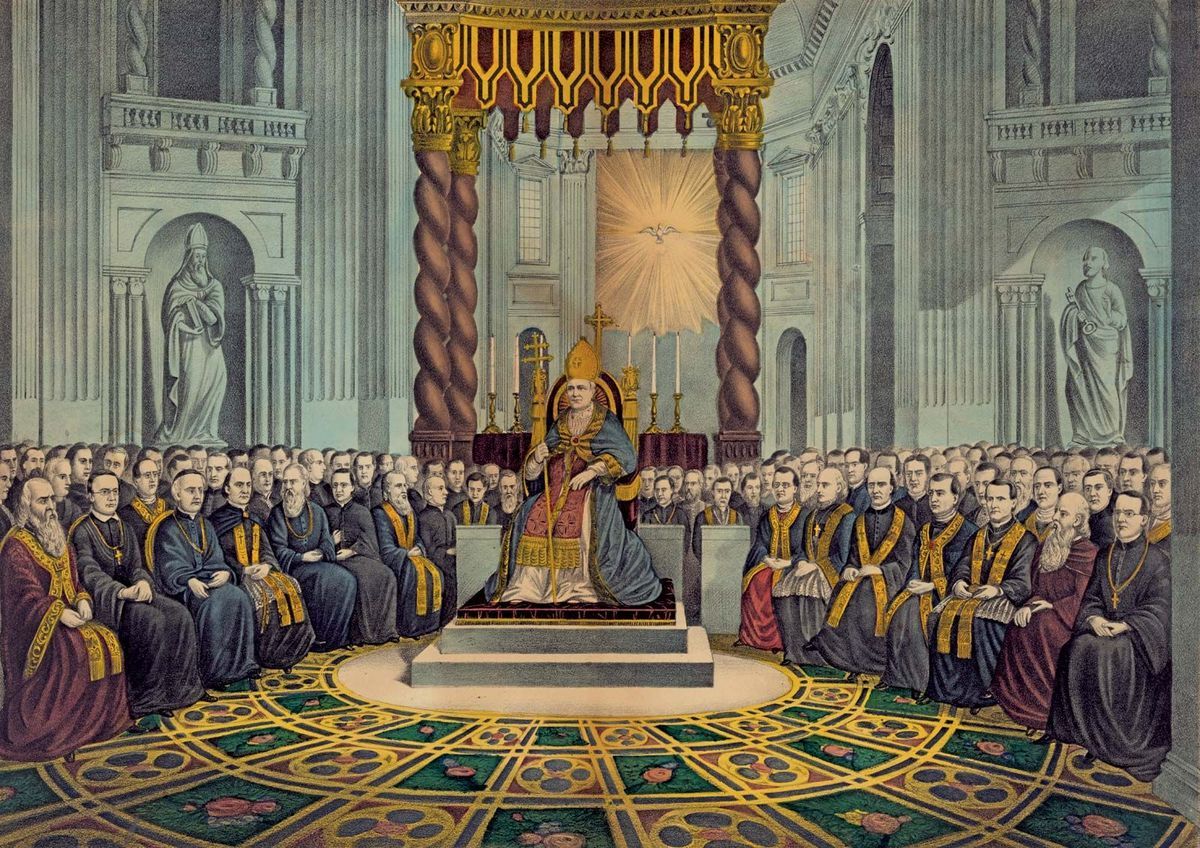
The Latin Church, also known as the Roman Catholic Church, is the largest Christian church, with over a billion members worldwide. Founded by Jesus Christ and his apostles, it has played a pivotal role in the history of Western civilization. From its rich traditions to its complex hierarchy, the Latin Church has a fascinating history that spans over two millennia. Did you know that the Pope, the leader of the Latin Church, is also the Bishop of Rome? Or that the Vatican City, the smallest independent state in the world, serves as its headquarters? In this blog post, we'll explore 20 intriguing facts about the Latin Church that highlight its influence, traditions, and unique characteristics.
Origins and History
The Latin Church, also known as the Western Church, has a rich history that spans centuries. Here are some intriguing facts about its origins and development.
- The Latin Church traces its roots back to the early Christian communities in the Roman Empire, particularly in Rome.
- It became distinct from the Eastern Orthodox Church after the Great Schism of 1054, which divided Christianity into Western and Eastern branches.
- Latin was the primary liturgical language of the Church, which is why it is called the Latin Church.
- The Latin Church played a significant role in the spread of Christianity throughout Europe during the Middle Ages.
- The Pope, based in Vatican City, is the spiritual leader of the Latin Church.
Structure and Organization
The Latin Church has a unique structure and organization that sets it apart from other Christian denominations. Let's explore some key aspects.
- The Latin Church is divided into dioceses, each overseen by a bishop.
- Cardinals are senior church officials who advise the Pope and, in the event of a papal vacancy, elect a new Pope.
- The Roman Curia is the administrative body that assists the Pope in governing the Church.
- Priests and deacons serve at the local level, conducting services and providing pastoral care to their communities.
- The Latin Church has various religious orders, such as the Jesuits, Franciscans, and Dominicans, each with its own specific mission and charism.
Beliefs and Practices
The beliefs and practices of the Latin Church are central to its identity. Here are some essential elements.
- The Latin Church adheres to the Nicene Creed, a statement of faith that outlines core Christian beliefs.
- The seven sacraments—Baptism, Confirmation, Eucharist, Penance, Anointing of the Sick, Holy Orders, and Matrimony—are vital to the spiritual life of its members.
- The Mass is the central act of worship in the Latin Church, where the Eucharist is celebrated.
- The Latin Church places a strong emphasis on the Virgin Mary and the saints, who are venerated and invoked in prayer.
- The liturgical calendar includes significant seasons and feasts, such as Advent, Christmas, Lent, Easter, and Pentecost.
Influence and Contributions
The Latin Church has had a profound impact on various aspects of society and culture. Here are some notable contributions.
- The Latin Church was instrumental in the establishment of universities and the promotion of education during the Middle Ages.
- It has produced many influential theologians, such as St. Augustine, St. Thomas Aquinas, and St. Teresa of Avila.
- The Latin Church has a rich tradition of sacred music, including Gregorian chant and polyphony.
- It has been a patron of the arts, commissioning works from renowned artists like Michelangelo, Raphael, and Leonardo da Vinci.
- The Latin Church has played a significant role in social justice movements, advocating for the poor, marginalized, and oppressed throughout history.
Final Thoughts on Latin Church Facts
Latin Church history is packed with fascinating details. From its ancient roots in Rome to its influence on Western civilization, the Latin Church has shaped much of what we know today. Its traditions, rituals, and art have left a lasting legacy. Understanding these facts helps appreciate the depth and richness of this institution. Whether it's the Gregorian Chant or the architectural marvels, each aspect tells a story. The Latin Church's impact on education, law, and culture is undeniable. By exploring these facts, we gain insight into how it has influenced various aspects of life. This knowledge not only enriches our understanding but also connects us to a significant part of history. So next time you encounter something related to the Latin Church, you'll have a deeper appreciation for its historical significance.
Was this page helpful?
Our commitment to delivering trustworthy and engaging content is at the heart of what we do. Each fact on our site is contributed by real users like you, bringing a wealth of diverse insights and information. To ensure the highest standards of accuracy and reliability, our dedicated editors meticulously review each submission. This process guarantees that the facts we share are not only fascinating but also credible. Trust in our commitment to quality and authenticity as you explore and learn with us.


